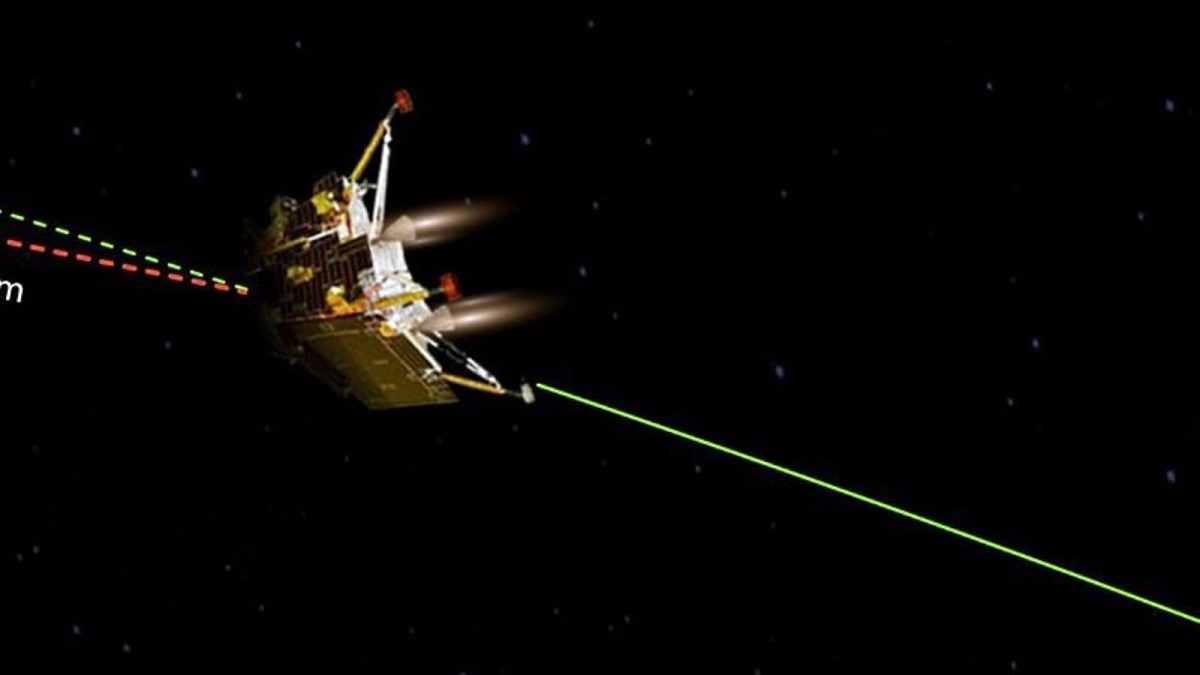Here is a big and important update that we are sharing with you, it is about the Chandrayaan 3 mission. Recently, the Vikram lander surprised the scientists of the Indian Space Research Organisation by giving some hints about the opportunities for future moon missions. Notably, the Vikram lander sent surprising signals that were neither planned nor expected. The Vikram lander landed again on the Moon on command which was not planned. Chandrayaan 3 mission surprised ISRO with its hop experiment. If you are getting excited to unfold more details about ISRO’s hop experiment this article is for you. Continue reading this article till the end and take a look below at the following sections.

Chandrayaan 3 Hop Experiment Gives Surprise To ISRO
As mentioned, Vikram Lander gave surprising hints about the opportunities for future Moon missions, which means that the spacecraft Chandrayaan 3 landed again on the lunar surface on the command which was absolutely not planned by the Indian Space Research Organization. According to the report, the Chandrayaan 3 hop experiment gave new possible opportunities for future moon missions. Despite the Vikram Lander having completed its mission objectives, it was commanded to land again on the Moon’s surface as part of the Hop Experiment. Drag down the page and read more details.
Vikram and Pragyan In Action Once Again
Despite the almost impossible conditions on the Moon’s surface, Vikram and Pragyan came back into action on command. Reportedly, Vikram and Pragyan survived the chilling -200 degrees Celsius temperature after completing the objective of the mission. They started functioning again during the hop experiment. It was believed that if the onboard instruments like Vikram and Pragyan survived the chilling low-temperature conditions on the Moon, the modules could come back into action and restart the mission by sending information from the moon for the next 14 days.
The Pragyan rover and the Vikram Lander performed different sets of tasks after landing on the lunar surface, including the search for the presence of sulfur and recording relative temperature. Reportedly, the Pragyan rover traveled 100 m or 330 feet to confirm the presence of iron, sulfur, oxygen, and other elements on the moon. The Vikram lander and Pragyan rover have a total mass of 1,752 kg, they were designed to operate for 14 Earth days or one lunar daylight period to study the surroundings there. The experiment on the moon started on August 23 and it concluded on September 4 when rover and lander were turned down.
